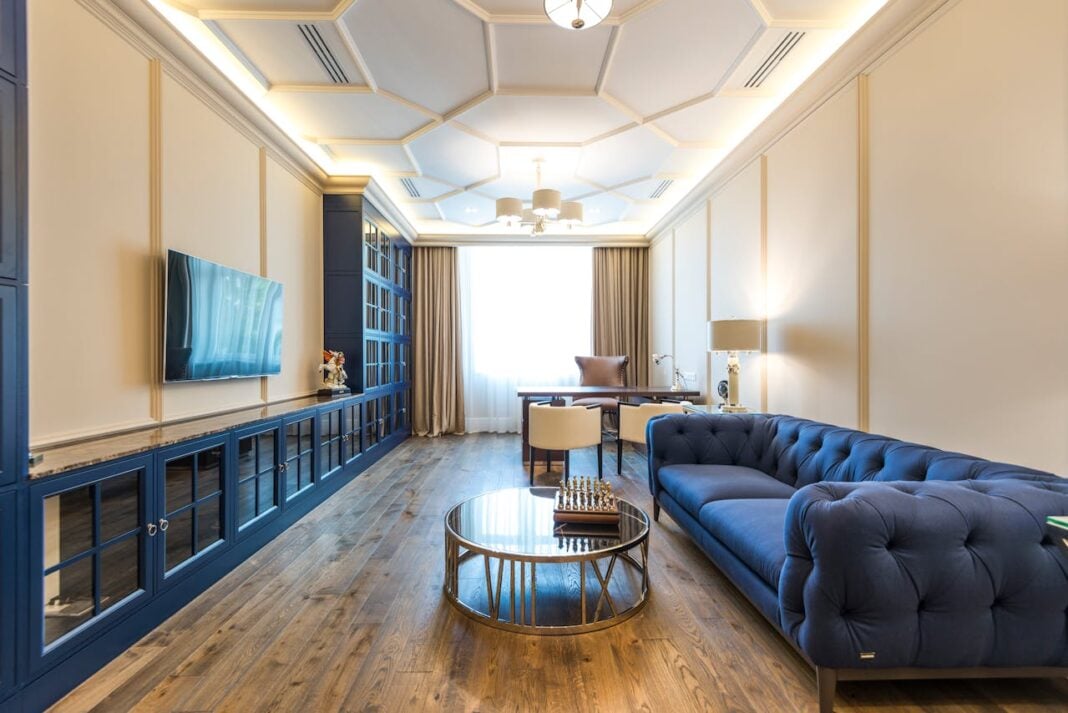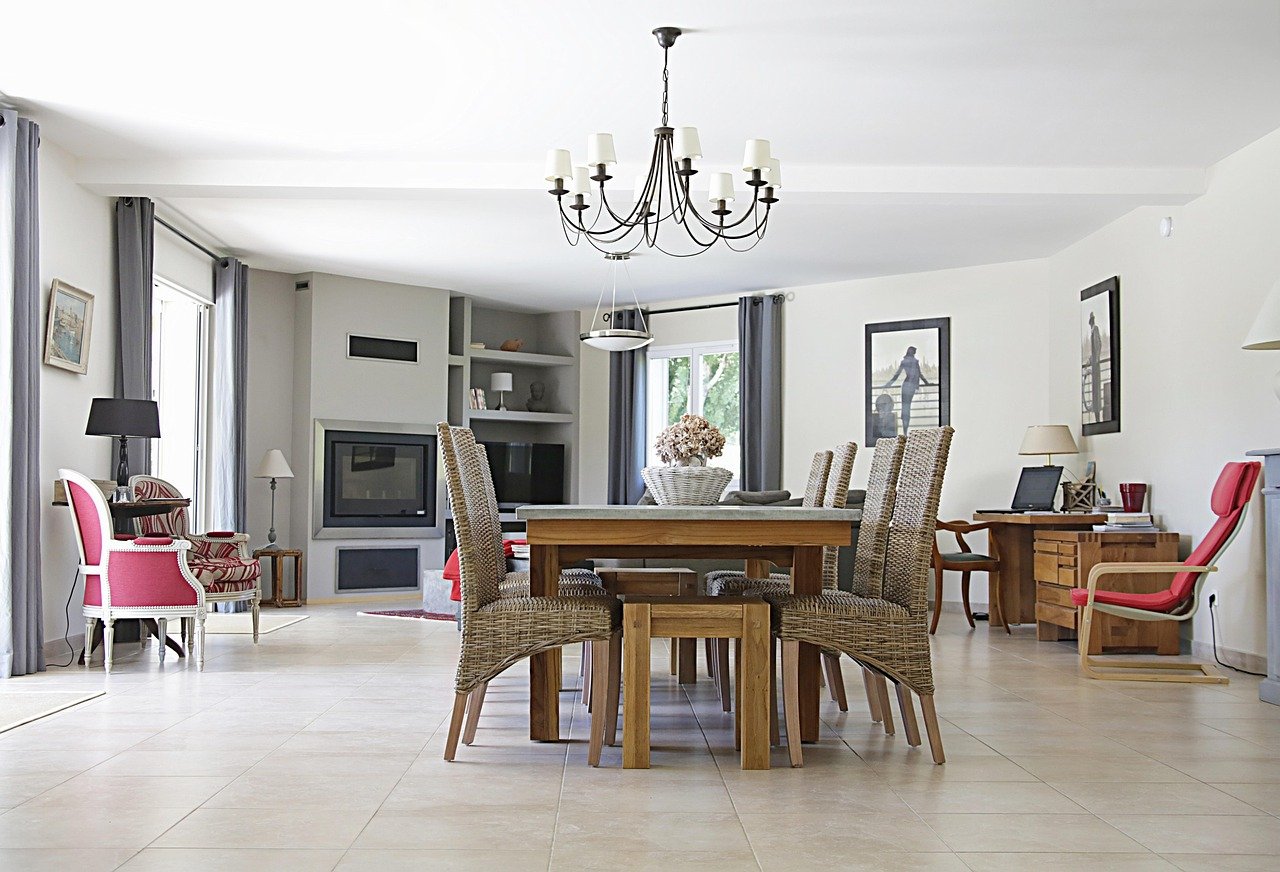The materials used play a pivotal role in defining the aesthetics, durability, and comfort of the pieces. Homeowners and interior designers alike understand that investing in furniture crafted from superior materials can yield a more satisfying and lasting result. This article will explore various materials that significantly impact furniture quality, emphasizing their benefits and distinctive characteristics. From time-tested choices like hardwood to innovative synthetics, each material offers unique properties that cater to different tastes and needs.
Understanding Wood
Wood has been the go-to material for furniture making for centuries, and for good reason. Its natural beauty and versatility allow it to fit seamlessly into almost any interior design. Among the various types of wood, hardwoods such as oak, maple, and walnut are particularly prized for their strength and longevity. Each species contributes its grain patterns and color variations, making every piece unique.
Hardwood furniture typically holds up better against wear and tear, ensuring that your investment lasts for decades. Care and maintenance are crucial considerations with wooden furniture. Regular polishing can help maintain its luster and protect it from scratches. Interestingly, wood can be an environmentally friendly option if sourced sustainably, adding an eco-conscious edge to your furniture choices. Sustainable harvesting practices ensure that forests are preserved and appeal to consumers who prioritize environmental responsibility in their purchases.
The Timeless Luxury
Leather furniture is synonymous with elegance and comfort. Its distinctive texture adds a level of sophistication to any room. While leather can come from various animal hides, the quality significantly varies. Top-grain leather and full-grain leather are the most durable and desirable options. These types have not been heavily processed, showcasing the natural marks and variations that reflect their authenticity. One significant advantage of leather is its ability to develop a patina, giving it a unique character.
Like wood, leather requires proper care to maintain its condition. Regular conditioning can help prevent cracks and keep the leather supple. The decision-making process can be influenced by modern trends that emphasize using materials like furniture with natural cowhide, providing a rustic but refined touch that can elevate your home’s decor. With its timeless appeal and enduring quality, leather remains a worthwhile investment for those seeking both style and longevity in their home furnishings.
From Cotton to Synthetic
Fabrics play a critical role in adding comfort and style to furniture. Natural fibers such as cotton and linen are breathable and soft, making them ideal for upholstered furniture. They come in a wide variety of patterns and colors, enabling homeowners to express their personality through their furniture choices.
Natural fibers have drawbacks. They may be less durable and more prone to staining compared to synthetic options. Synthetic materials like polyester and nylon have surged in popularity due to their enhanced resistance to wear and tear. These fabrics can mimic the look and feel of natural fibers while offering increased durability and easier maintenance. Many synthetic fabrics outperform natural fibers in terms of stain resistance, which is particularly beneficial for families with children and pets. The choice of fabric can appeal to individuals who prefer innovative designs that reflect modern aesthetics.
The Solid Framework
Metals such as steel and aluminum are often used in the construction of furniture frames and legs, providing stability and strength. Metal furniture can create a chic, industrial look that resonates with contemporary decor styles. Its durability is unparalleled, offering long-lasting performance without warping or cracking, which may afflict wood or synthetic materials. One of the exciting trends in furniture design is the combination of metal with warmer materials, such as wood or leather. This juxtaposition creates a unique visual contrast and enhances the appeal.
Metal is recyclable, making it an environmentally minded choice for those wishing to minimize their impact on the planet. Metal components can bring a striking aesthetic, along with reliability and solid construction, to furniture pieces.
The Elegance of Transparency
Glass accents can add an element of sophistication to furniture design. It’s a trendy choice for coffee tables, dining sets, and display cabinets, exuding a clean and airy feel that complements various styles. Tempered glass, engineered for durability, is commonly used to ensure safety without sacrificing elegance. From modern minimalist to traditional designs, glass characteristics can adapt and elevate any décor.
Glass furniture does require some consideration regarding maintenance, as it can be prone to fingerprints and scratches. Using microfiber cloths and avoiding abrasive materials during cleaning can help maintain its clarity and shine. In recent designs, glass is frequently paired with metals and wood, enhancing its versatility and broadening its appeal across different interior themes.
The Eco-Friendly Trend
As environmental concerns continue to rise, many consumers now prioritize sustainability in their purchasing decisions. Materials such as bamboo, reclaimed wood, and recycled metal reduce the carbon footprint and tell a story of resourcefulness and creativity. Bamboo grows exponentially faster than traditional hardwoods and can be harvested with minimal environmental impact. Reclaimed wood offers character and uniqueness while reducing the demand for new lumber. Each piece often features histories that add visual intrigue, perfect for rustic and vintage-inspired settings. It’s wise to ensure that any reclaimed materials are sourced from responsible suppliers to verify that forests are preserved and protected. Recycled materials find strength in modern furniture design. They teach consumers about the value of repurposing waste. Each of these sustainable options represents a commitment to a healthier planet while providing splendid design potential.
By focusing on materials that are sustainable, durable, and aesthetically pleasing, consumers can ensure that their furniture reflects both personal style and long-lasting value. This understanding transforms furniture shopping from a mere transaction into a thoughtful investment in one’s living space.






